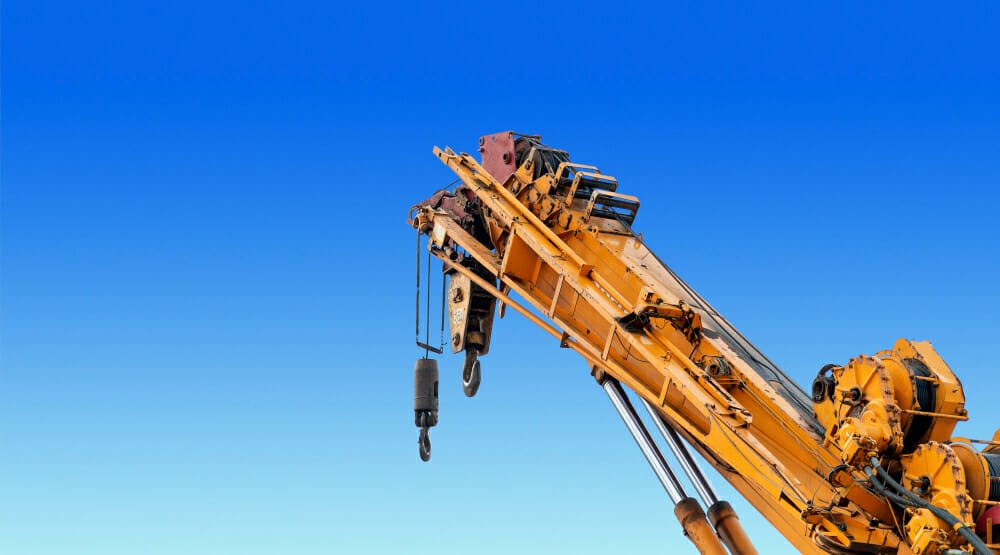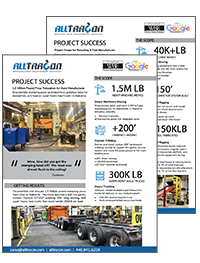Precision Rigging vs. Standard Rigging: Risk vs Budget?
Industrial rigging plays a critical role in various industries, from construction and manufacturing to mining and aerospace. When it comes to rigging, the choice between precision rigging and an unplanned rig job can significantly impact the success and safety of your project. In this article, we will explore the key differences between these two approaches and help you determine when each one is the right choice for your specific needs.
Understanding Precision Rigging
Precision rigging, as the name suggests, involves a highly meticulous and specialized approach to lifting and moving heavy equipment and machinery. Let’s delve into the details:
What is Precision Rigging?
Precision rigging is a technique that emphasizes accuracy, control, and the use of advanced equipment. It is often used in projects that require:
- Critical lifts and crane lifts
- Delicate positioning and tooling
- Higher risk or higher center of gravity
- Lifting over voids or pits
Benefits of Precision Rigging
Precision rigging is mostly about the planning involved and offers several advantages, including:
- Enhanced safety for workers and equipment
- Reduced risk of damage to sensitive machinery
- Increased project efficiency and precision
- Compliance with strict industry regulations
The Role of Standard Rigging
Standard rigging, on the other hand, is suitable for small moves, quick picks, and simpler moves.
What is Standard Rigging?
Standard rigging employs conventional lifting and moving techniques. It is typically used in projects where:
- Speed and cost-effectiveness are top priorities
- Rigging complexity is relatively low
Benefits of Standard Rigging
Standard rigging has its own set of benefits, such as:
- Cost-effective solutions for straightforward projects
- Faster setup and execution
- Adequate for projects where precision is not paramount
Choosing the Right Approach
Now that we’ve explored the fundamentals of both precision rigging and standard rigging, let’s discuss the key factors to consider when deciding which approach is best for your project:
Project Requirements
Assess your project’s specific requirements, including the need for precision, safety concerns, and any industry regulations that must be followed. For projects involving delicate or complex machinery, precision rigging is typically the preferred choice.
Budget and Timeline
Consider your budget constraints and project timeline. Standard rigging may be more cost-effective and quicker to implement, making it a suitable option for projects with limited resources and tight schedules.
Risk Assessment
Conduct a thorough risk assessment to identify potential hazards and challenges associated with your project. Precision rigging can help mitigate risks and ensure a higher level of safety.
Alltracon – Your Trusted Partner in Rigging Services
When it comes to choosing a reliable provider of rigging services, Alltracon has experience. Alltracon’s offers:
- Precision rigging services tailored to your specific needs.
- A highly trained and skilled team of rigging experts.
- Cutting-edge equipment and technology for precise and safe operations.
- A proven track record of successful projects across various industries.
Conclusion
In conclusion, the choice between precision rigging and standard rigging depends on your project’s risk factors and budget. Both approaches have their merits, but it’s essential to make an informed decision to ensure the success and safety of your industrial project. Remember that when it comes to rigging services, Alltracon is the trusted partner you can rely on for peace of mind. Contact us today to discuss your rigging needs and experience the Alltracon difference.

